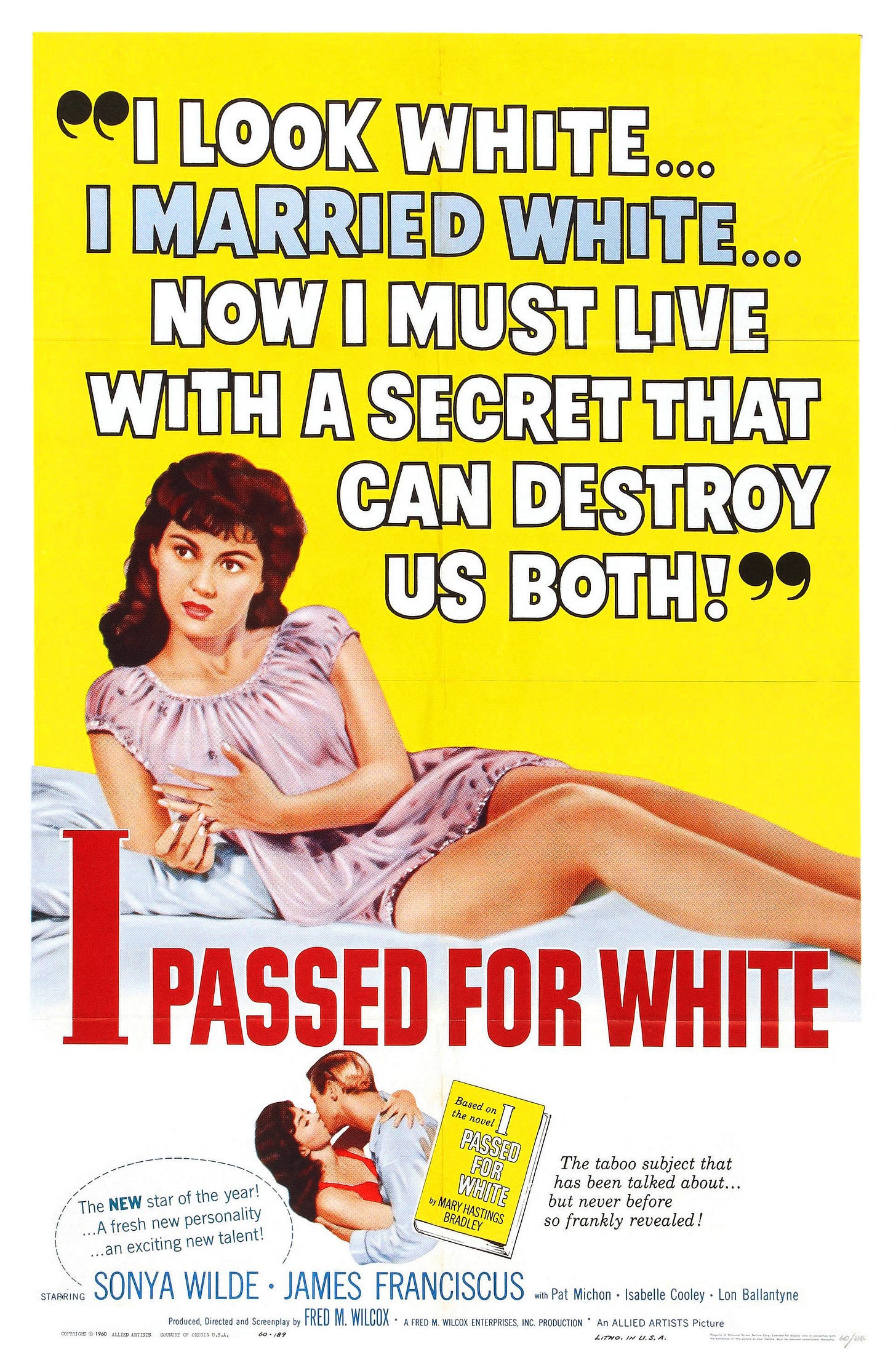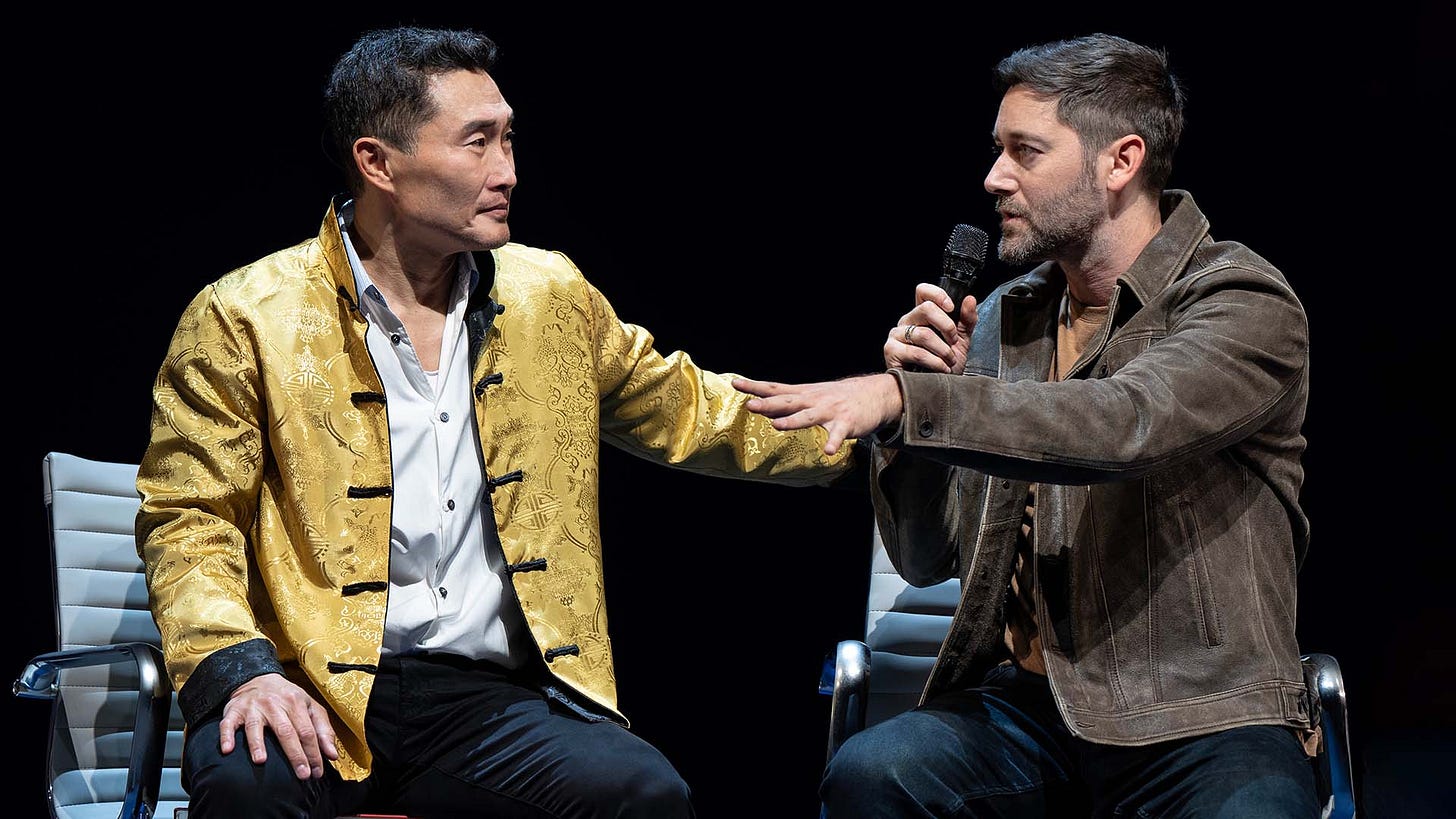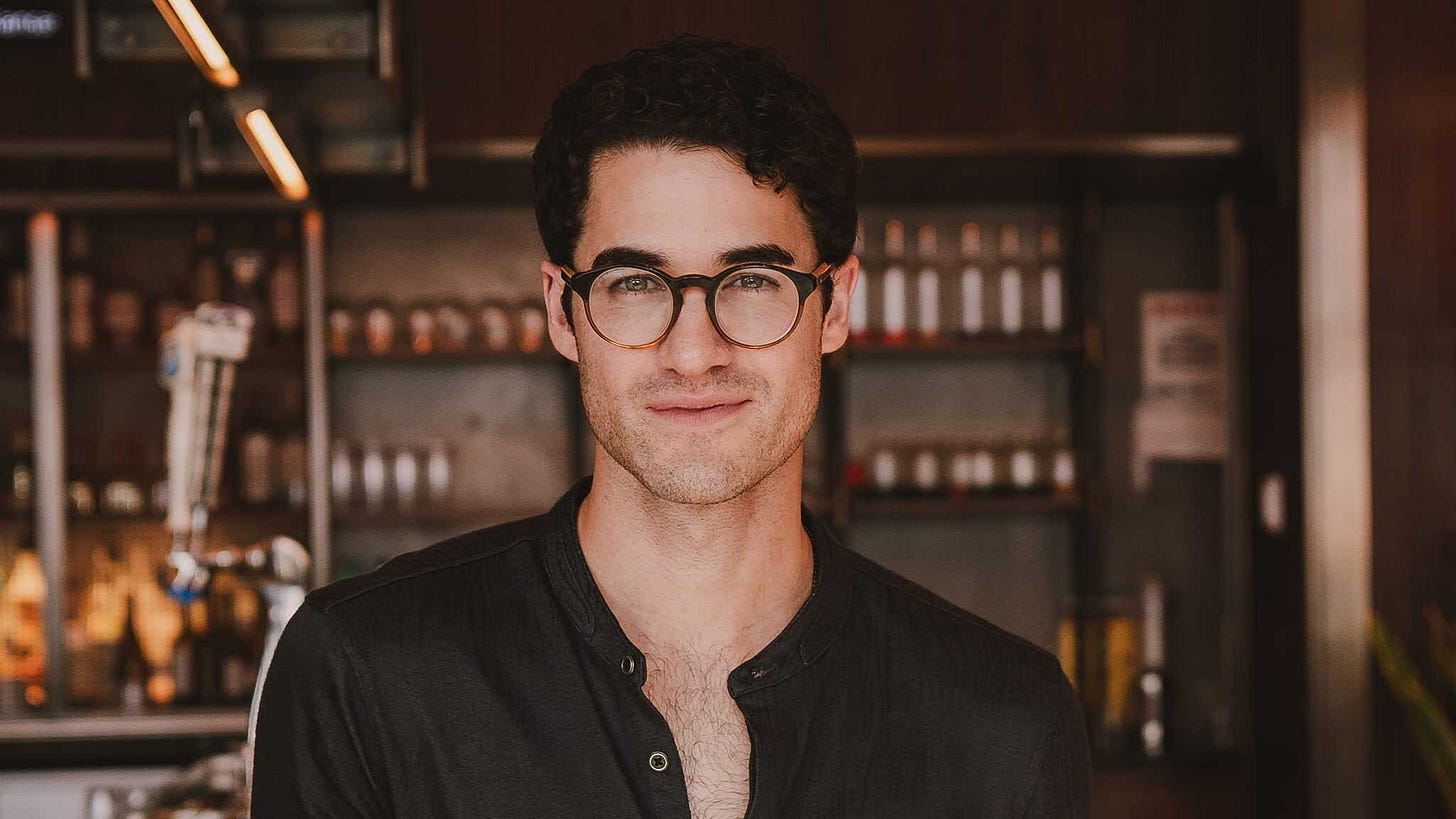Let’s Talk About “Wasian Passing” Celebrities
Thoughts on mistaken racial identity in the social media age.
Anora, the modern-day screwball dramedy from writer-director Sean Baker, was the big winner at this year’s Academy Awards. The film won five Oscars: Best Picture, Best Director, Best Original Screenplay, and Editing for Baker, and Best Actress for Mikey Madison for her turn in the titular role, a young Brooklyn stripper who becomes entangled with a family of Russian oligarchs.
Beyond the film itself, Madison’s performance, or general awards season discourse, another element quickly found its way into online discussions. Far from mainstream, but enough to cross my radar. Dozens of commentators were either assuming that Madison was “Wasian” or realizing that she was not. As a certified Wasian (and someone who wrote my senior honors thesis in college on, in part, representations of such people in popular culture), I felt compelled to dive deeper.
For the less chronically online among my readers, I’ll pause to define the term. “Wasian” is a slang word used to refer to a mixed race person of both white and Asian background, deriving from a portmanteau of said races. I first encountered the term online in 2020, and it seems to have heightened in prominence in the late 2010s and early 2020s. Growing up, I most commonly heard and used the term “halfie” to refer to myself and others of such mixed background, as well as “Eurasian” in more academic circles.
To be clear, Mikey Madison is not Wasian. The actress, whose full name is Mikaela Madison Rosberg, is, per all available information, of Ashkenazi Jewish background. But her appearance– light complexion, black hair which she wears straight (though she’s admitted it’s naturally curly), and narrow, hooded brown eyes– does bear a certain resemblance to that of many East Asians, and at least at a glance, in the same ballpark as plenty of Wasians. To put it bluntly, I don’t think she’d look out of place at one of my family reunions. Neither would Joseph Gordon-Levitt, Miranda Cosgrove, or the extremely canceled Ezra Miller, actors I’ve seen frequently cited as quote-unquote fake Wasians.
The vast majority of people who comment about Madison or these other celebrities being Wasian are doing so in a joking or otherwise lighthearted fashion. But such commentary also reveals the surprisingly malleable nature of race in a contemporary multicultural milieu. From a personal perspective, it’s also fascinating, as someone who actually is Wasian, to see people who look like they could be my siblings but decidedly aren’t. Indeed, some of these figures may be taken as Asian by passers-by more often than I am.
In a historic sense, “passing” had a vastly different connotation. Short for “passing for white,” it referred to the practice of African American individuals living under Jim Crow who, often due to possessing a lighter complexion or otherwise racially ambiguous features, assumed new identities as white people to escape the brutal racial discrimination of their era. As has been dramatized in films from Imitation of Life to Passing to this year's Sinners, the act of passing was not based simply in misidentification or confusion. It was an intentional act of survival, and a deeply tragic one at that, separating people from their families and communities. Passing could also be used strategically to undermine white supremacy, such as in the case of Walter White, a leader in the NAACP who strategically went "undercover” as a white man to investigate lynchings, race riots, and the KKK.
Because of this history, some may opt to promote the terms “white presenting” or white assumed” to refer to mixed-race individuals who might be seen as white by others, but are not taking part in the intentional misrepresentations that historically characterized the practice of passing. If a stranger takes me to be white, that is an assumption based perhaps on my appearance, not on any concerted efforts on my part.
To apply the concept of “passing” in reverse, that is, to look into white people who are taken as people of color, is less solidly charted territory. One might first think of Nkechi Amare Diallo, better known by her birth name, Rachel Dolezal, a white woman who led an NAACP chapter while presenting herself as Black. The controversies around the so-called “Pretendians,” those accused of falsely claiming Native American or otherwise Indigenous ancestry, can on occasion also fit into this category. But the fake Wasians don’t fit into that paradigm either. Madison or Gordon-Levitt don’t claim to have Asian ancestry or otherwise present themselves as such; they’re simply mistaken as such due to their appearance.
David Henry Hwang’s acclaimed play Yellow Face delves into what a truly fake Wasian scenario might look like. The play, which I saw in a recent Broadway revival starring Daniel Dae Kim, centers on a fictionalized version of Hwang who mistakenly casts Marcus, a white actor, in an Asian role, having assumed the actor was Wasian. Rather than cop to his mistake, he helps Marcus adopt a fictionalized Asian identity. This results in spiraling consequences for both men.
Yellow Face is an excellent play, a heartfelt, funny, thought-provoking meditation on the nature of community and identity. But it’s not quite reflective of reality. For now, at least, accusations of faking Asian identity seem limited to the world of Z-list influencers. More common, in fact, is the phenomenon of Wasian actors being cast as other backgrounds due to an ethnically ambiguous appearance, such as Lou Diamond Phillips portraying Chicano rock pioneer Ritchie Valens in La Bamba or Kelsey Asbille taking on a Native American role in Yellowstone.
The fake Wasians are also often put into contrast with another group– one I might term “secret Wasians,” or celebrities who many in the public don’t realize are of Asian descent, even if they don’t make any efforts to hide it. Oft-cited examples of this latter group include the singers Olivia Rodrigo and Charli XCX and the actor Darren Criss.
This contrast, between those who aren’t Asian and are assumed to be and those who are Asian and are assumed not to be, is a fascinating one. For one, it’s highly worth noting that Rodrigo and Criss are of Filipino descent and Charli XCX is of Indian descent, while the word “Asian,” in an American context, is more commonly used to connote East Asians. A popular understanding of what a Wasian looks like that ends up excluding them while including those who aren’t actually of Asian descent further speaks to the deficits in our popular imagination.
Indeed, as a whole, the entire discourse here is fundamentally one about the diversity and ambiguity of a racially mixed society crashing into long-held assumptions around racial categorization and what people in a given group are “supposed” to look like. To put it bluntly, people can look all kinds of ways! The world is complicated, and people are not always what we may assume at first glance. Jokes about incorrectly assuming a celebrity’s background are low-stakes and oftentimes amusing. But we’d probably all be better off if we worked towards deconstructing our assumptions about what a person’s appearance can or can’t tell us.









